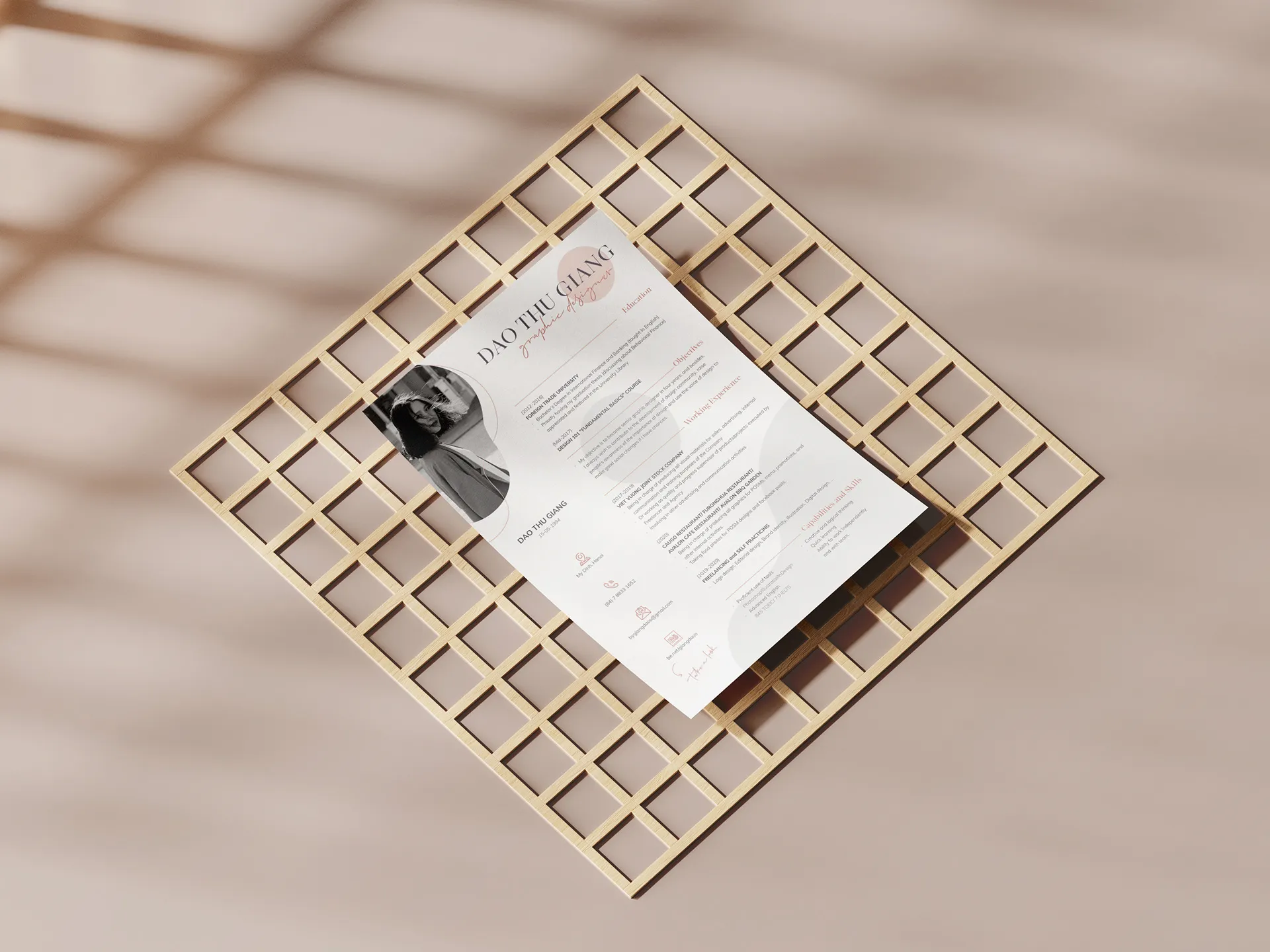Understanding the Importance of a CV & Cover Letter
In the competitive landscape of job applications, your Curriculum Vitae (CV) and cover letter are your primary marketing tools. They represent your first interaction with a potential employer and serve as crucial instruments in securing an interview. A well-crafted CV provides a comprehensive overview of your professional journey, highlighting your skills, experience, and educational background. It gives recruiters and hiring managers a snapshot of who you are and what you bring to the table. The cover letter, on the other hand, allows you to personalize your application, express your enthusiasm for the role, and articulate how your qualifications align with the specific job requirements. Together, they form a powerful duo that can significantly increase your chances of success in the job market.
The Purpose of a Curriculum Vitae (CV)
The primary purpose of a CV is to showcase your professional and academic history. It’s a detailed document that outlines your career progression, education, skills, and any other relevant information that demonstrates your suitability for a particular role. Unlike a resume, which is typically shorter and tailored to specific job applications, a CV is more extensive and provides a complete record of your accomplishments. Think of it as a comprehensive portfolio that allows potential employers to understand your career trajectory and assess your qualifications in depth. It’s a critical tool for making a positive first impression and moving forward in the hiring process.
Key Elements of a CV
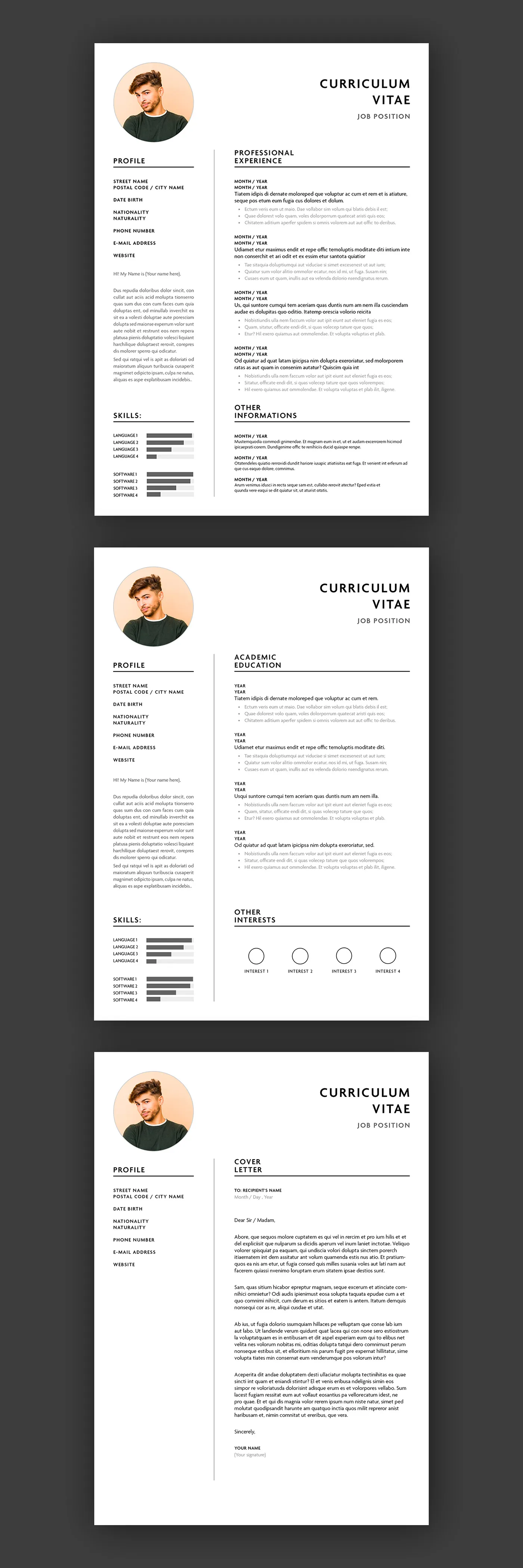
A well-structured CV includes several key sections that provide a clear and concise overview of your qualifications. These sections should be organized logically to make it easy for recruiters to find the information they need. The key elements are designed to present your experience, skills, and education in a way that highlights your strengths and matches the job requirements. Each section plays a vital role in creating a compelling and effective CV.
Contact Information
This section is critical as it provides recruiters with the means to contact you. Include your full name, phone number, professional email address, and optionally, your LinkedIn profile URL. Ensure your contact details are up-to-date and professional-sounding. Avoid using an unprofessional email address. Verify the information is accurate so that you don’t miss out on opportunities.
Professional Summary or Objective
A professional summary is a concise overview of your skills and experience, tailored to the job you are applying for. It should highlight your key strengths and career goals. An objective is a brief statement about your career aspirations, often used by entry-level candidates or those seeking a career change. Both sections should be written to capture the reader’s attention and encourage them to read the rest of your CV. The aim is to provide a quick snapshot of your value proposition.
Work Experience
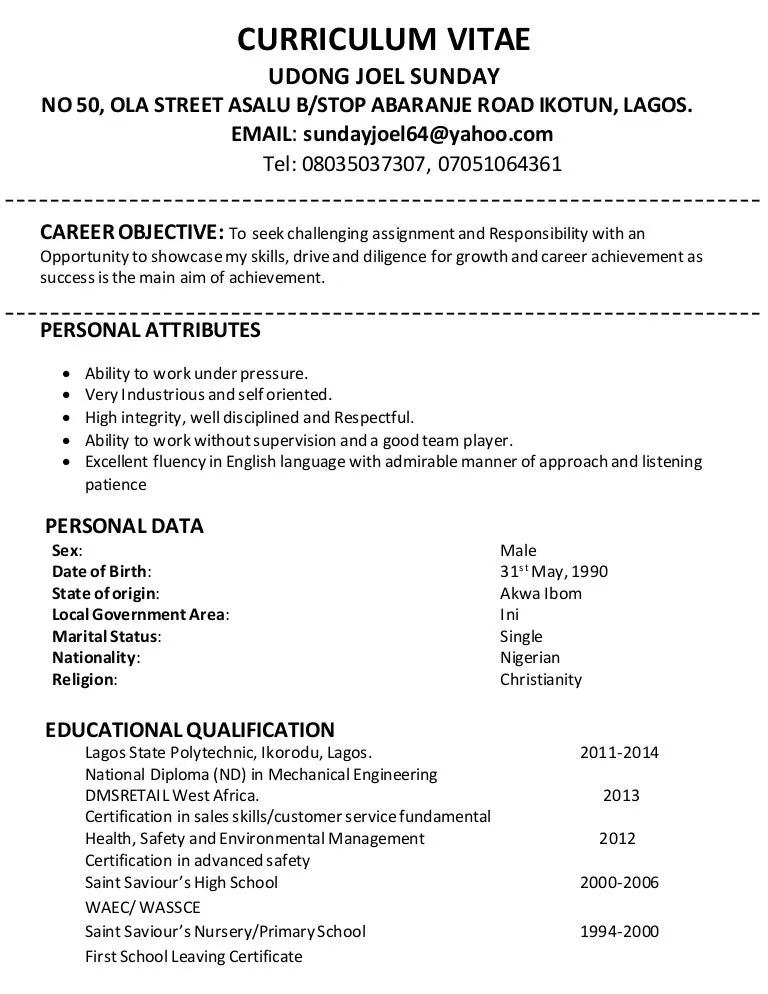
This section details your work history, listing each job in reverse chronological order. Include your job title, the company name, dates of employment, and a brief description of your responsibilities and accomplishments. Use action verbs to describe your tasks and quantify your achievements whenever possible. Focus on the results you achieved in each role, as this helps demonstrate your value to potential employers. It’s the most important part of your CV, so make it count.
Education
List your educational qualifications, including the name of the institution, the degree earned, and the dates of attendance. If you have advanced degrees, you may omit your high school information. Include any relevant honors, awards, or specializations. This section provides an overview of your academic background and qualifications.
Skills
Include both hard and soft skills relevant to the job you are applying for. Hard skills are technical abilities, while soft skills are interpersonal and communication abilities. Tailor this section to the specific requirements of the job description. Consider creating separate sub-sections for technical skills, language proficiency, and any other specialized skills that are important for the role. Highlighting relevant skills increases your chances of getting noticed.
Additional Sections (Certifications, Awards, etc)
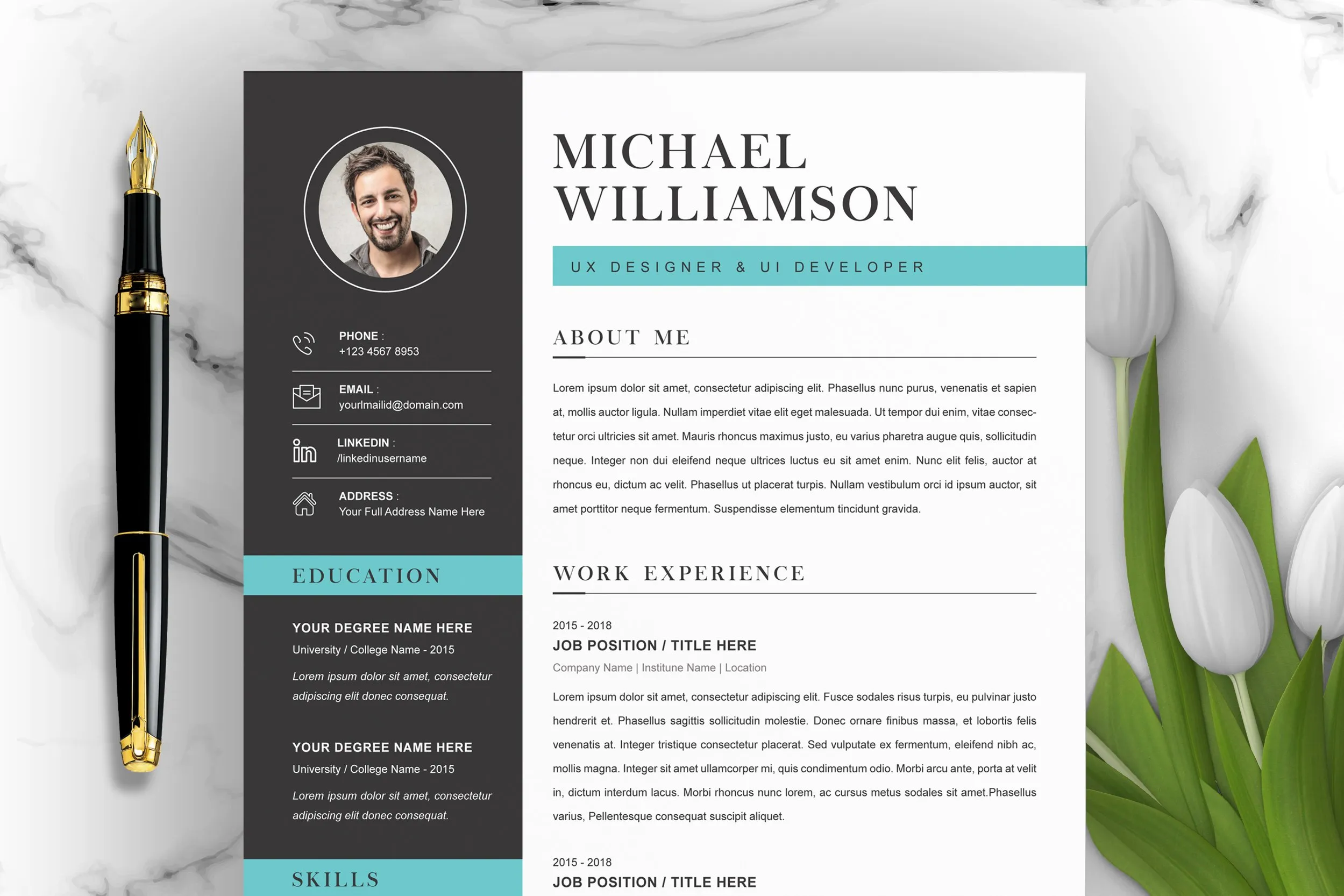
Include any additional information that supports your application, such as professional certifications, awards, publications, or volunteer experience. This section provides a more holistic view of your qualifications and demonstrates your commitment to your field. It can also help you stand out from other candidates by showcasing unique achievements and interests. Be sure to only include items that are relevant to the job.
The Power of a Cover Letter
A cover letter serves as a personalized introduction, allowing you to elaborate on your qualifications and express your enthusiasm for the position and the company. It provides a chance to connect with the hiring manager on a more personal level and demonstrate how your skills and experience align with the job’s specific requirements. The cover letter is your opportunity to make a compelling case for why you are the ideal candidate and to make a lasting impression.
Key Components of a Cover Letter
The cover letter should be structured to engage the reader and showcase your qualifications effectively. Each component plays a crucial role in building your case for the job and leaving a positive impression. Careful attention to detail and a clear writing style can significantly enhance your cover letter’s impact.
Header and Salutation
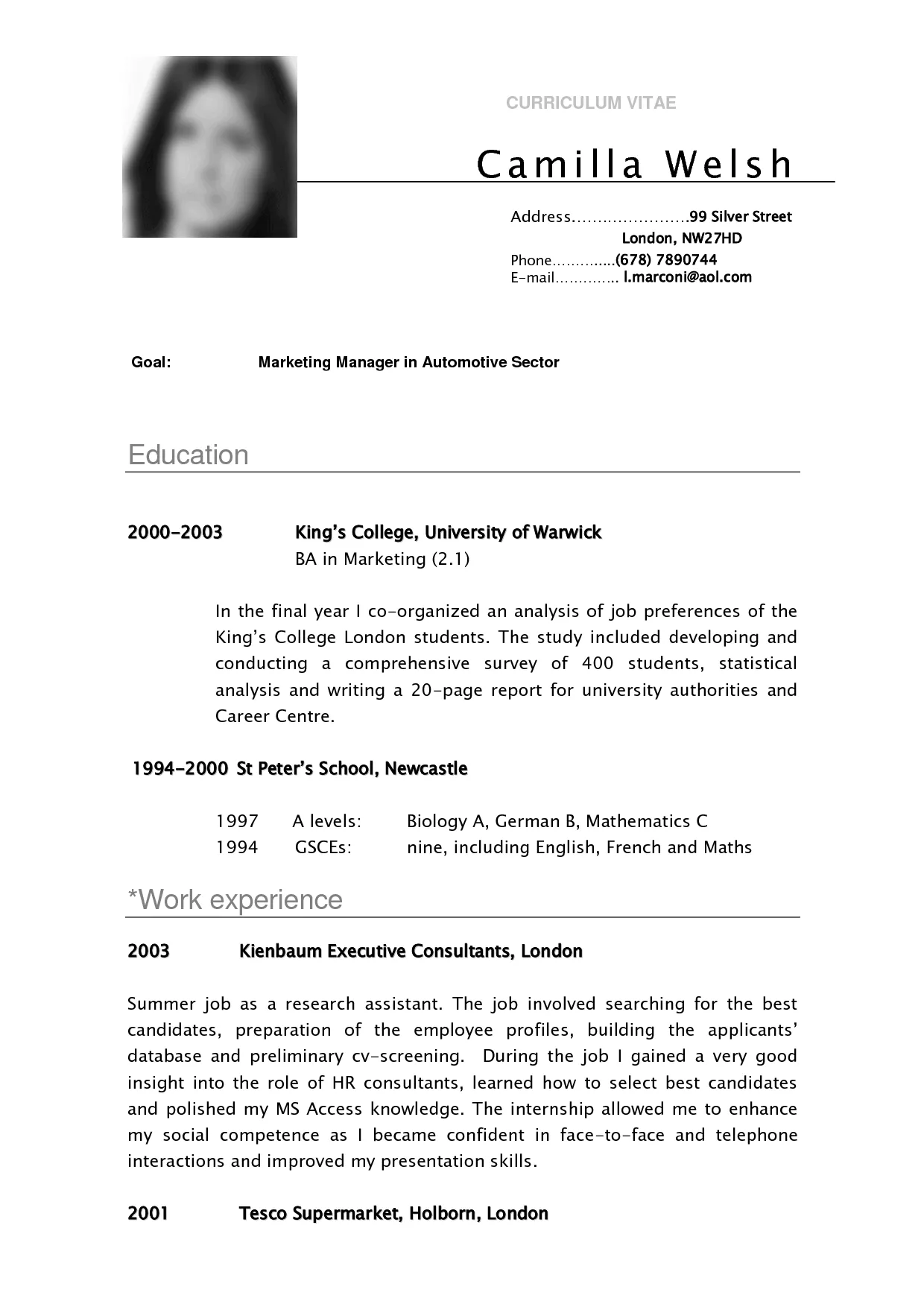
Your header should include your contact information and the date. Use a professional salutation, addressing the hiring manager by name if possible. If the name isn’t available, use a general greeting such as ‘Dear Hiring Manager’. This sets a tone of professionalism and shows that you have done your research.
Body Paragraphs (Highlighting Skills and Experience)
The body of your cover letter should highlight your relevant skills and experiences, directly addressing the requirements outlined in the job description. Provide specific examples of your accomplishments and how they relate to the role. Demonstrate your understanding of the company and your enthusiasm for the opportunity. Use clear and concise language to communicate your value proposition. Your aim is to convince the employer that you are the right fit.
Closing and Call to Action
In your closing paragraph, reiterate your interest in the position and express your eagerness for an interview. Thank the hiring manager for their time and consideration. End with a professional closing, such as ‘Sincerely’ or ‘Best regards’, followed by your full name. A clear call to action encourages the reader to take the next step.
Crafting a CV That Stands Out
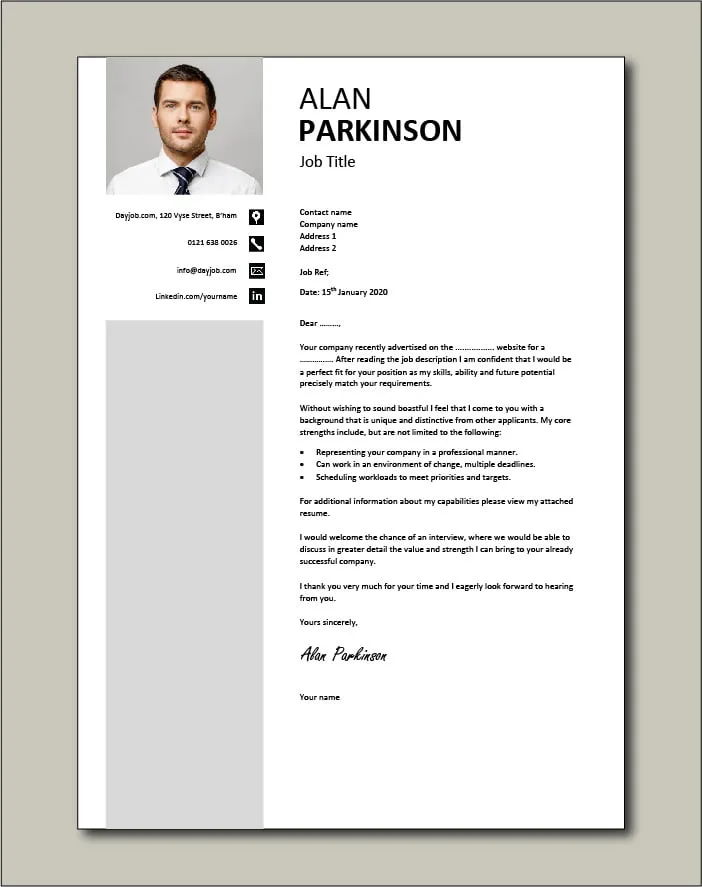
To create a CV that stands out, focus on presenting your qualifications in a clear, concise, and compelling manner. Highlight your key achievements and tailor your content to match the requirements of the job you are applying for. This will increase your chances of capturing the recruiter’s attention and securing an interview. Careful attention to detail, formatting, and the use of powerful action verbs are crucial.
Formatting and Design Tips
Choose a clean and professional format. Use a readable font, such as Arial or Times New Roman, and maintain consistent formatting throughout. Use bullet points to highlight key information and create visual breaks. Avoid excessive use of bolding or italics. Make sure there’s sufficient white space to make your CV easy to read. A well-designed CV is more likely to make a positive impression. See the example image (cv-formatting-tips.webp).
Using Action Verbs
Use strong action verbs to describe your responsibilities and accomplishments. Start each bullet point with an action verb to make your accomplishments more impactful. Instead of saying ‘Responsible for managing projects,’ try ‘Managed projects, resulting in a 15% increase in efficiency.’ Action verbs provide a more dynamic and engaging view of your achievements. See the example image (action-verbs-cv.webp).
Tailoring Your CV and Cover Letter to the Job
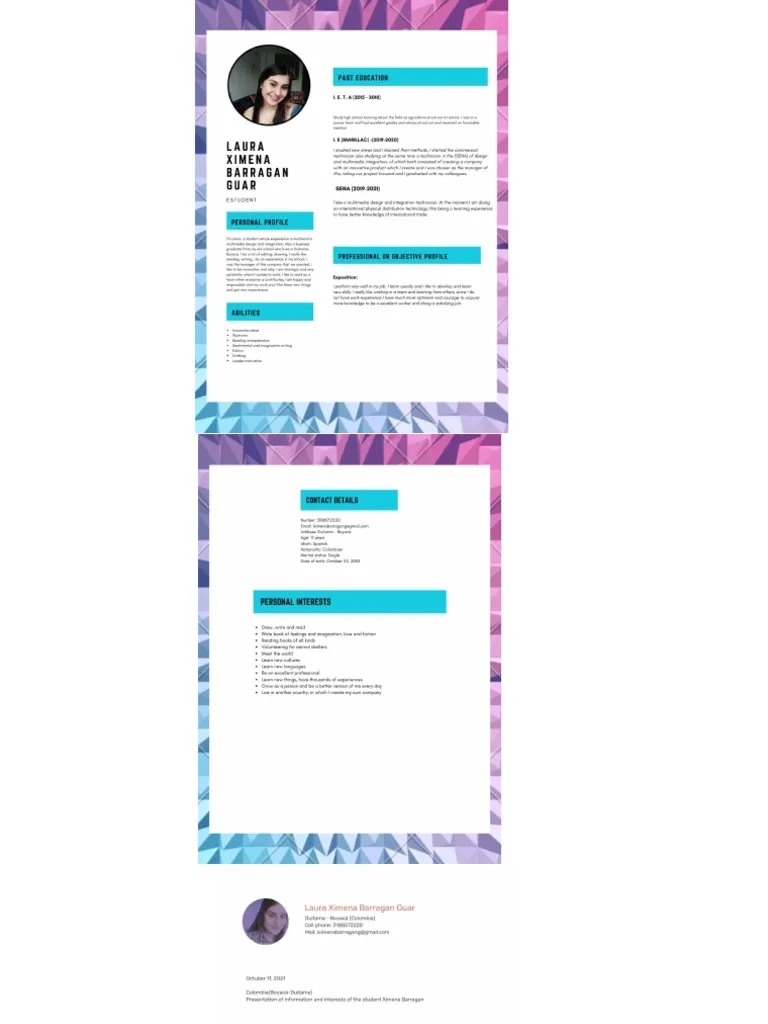
Customizing your CV and cover letter to each job application is essential for demonstrating your suitability. Tailoring shows the employer that you have researched the role and understand its requirements. This demonstrates your genuine interest and increases your chances of being considered for the position. Each application should be unique and tailored to the specific job.
Researching the Company and Role
Before you start writing, research the company and the specific role. Understand their mission, values, and the skills they are looking for in a candidate. Review the job description carefully, noting the key requirements and responsibilities. This research will guide you in highlighting the most relevant skills and experiences in your CV and cover letter, and it helps you frame your application to match their needs.
Highlighting Relevant Skills and Experience
Carefully review the job description and identify the skills and experiences that align with the requirements. Use these keywords and phrases throughout your CV and cover letter. Provide specific examples of how you have demonstrated these skills in your previous roles. Quantify your achievements whenever possible to show the impact of your contributions. Ensure that the information presented is relevant and compelling.
Proofreading and Editing for Perfection
Thorough proofreading and editing are critical to ensure your CV and cover letter are free from errors. Proofread multiple times, paying attention to grammar, spelling, and punctuation. Ask a friend or colleague to review your documents for a fresh perspective. Errors can undermine your credibility and diminish your chances of getting an interview. Take your time to present a polished, error-free application. See the example image (cv-proofreading.webp).
Tools and Resources for CV & Cover Letter Creation
Several tools and resources can assist you in creating effective CVs and cover letters. Utilizing these resources can save time and enhance the quality of your applications. From online templates to professional writing services, various options are available to help you create the best possible impression on potential employers.
Online Templates and Examples
Numerous online resources offer free CV and cover letter templates. These templates provide a structured framework that you can customize with your information. Websites like Canva, Microsoft Word, and others provide a wide range of templates. Look at examples from your industry and tailor them to your needs. These resources can help you design a professional and visually appealing document. See the example image (cv-examples.webp) and (cover-letter-templates.webp).
Professional CV Writing Services
If you need help creating a professional CV and cover letter, consider using a professional writing service. These services offer expert assistance in crafting compelling and effective documents. They can help you highlight your strengths, tailor your application to specific job requirements, and proofread for errors. While this can be an investment, it can significantly improve your chances of securing an interview. See the example image (cv-writing-services.webp).
